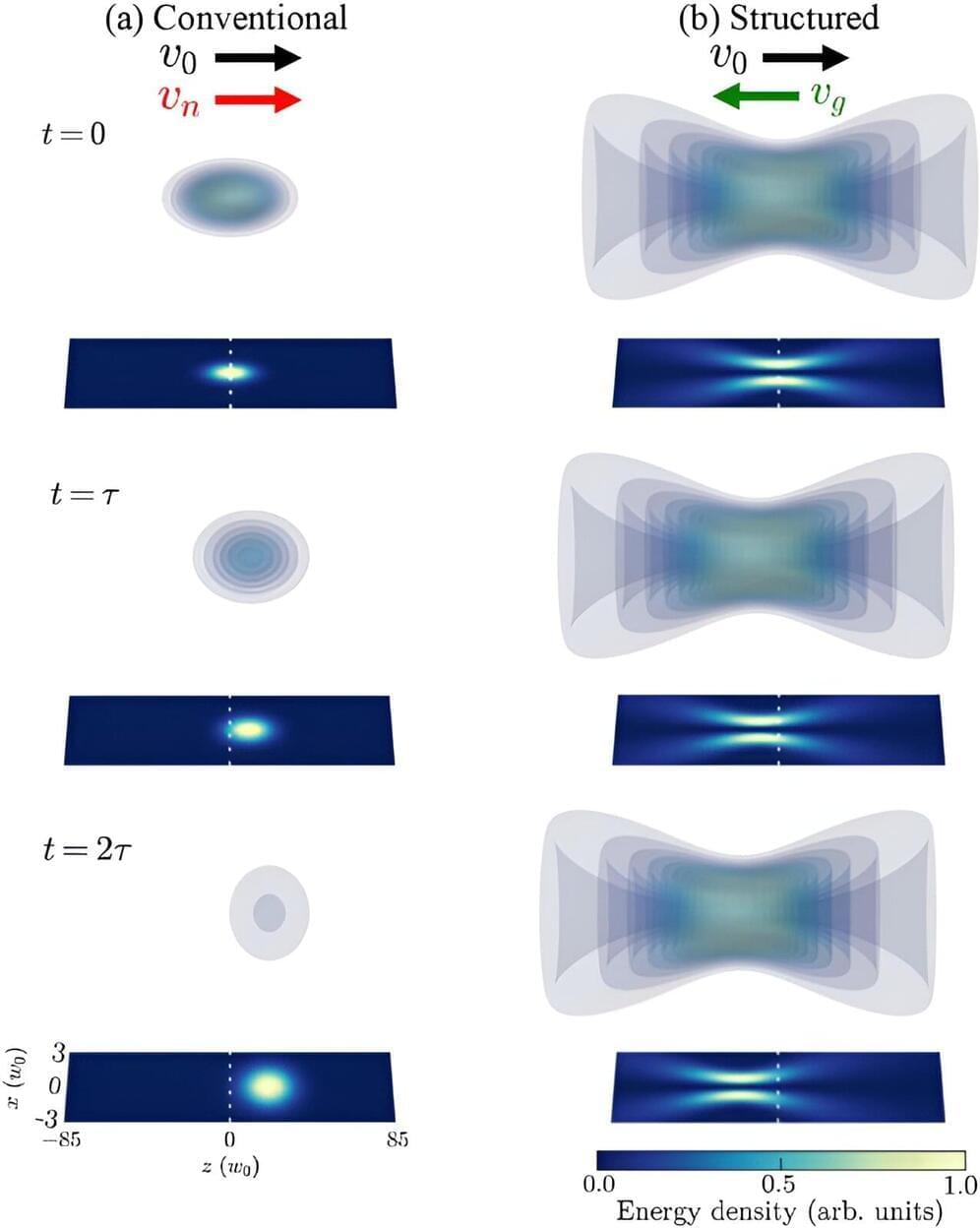Most people know about solids, liquids, and gases as the main three states of matter, but a fourth state of matter exists as well. Plasma—also known as ionized gas—is the most abundant, observable form of matter in our universe, found in the sun and other celestial bodies.
Creating the hot mix of freely moving electrons and ions that compose a plasma often requires extreme pressures or temperatures. In these extreme conditions, researchers continue to uncover the unexpected ways that plasma can move and evolve. By better understanding the motion of plasma, scientists gain valuable insights into solar physics, astrophysics, and fusion.
In a paper published in Physical Review Letters, researchers from the University of Rochester, along with colleagues at the University of California, San Diego, discovered a new class of plasma oscillations—the back-and-forth, wave-like movement of electrons and ions. The findings have implications for improving the performance of miniature particle accelerators and the reactors used to create fusion energy.










Comments are closed.